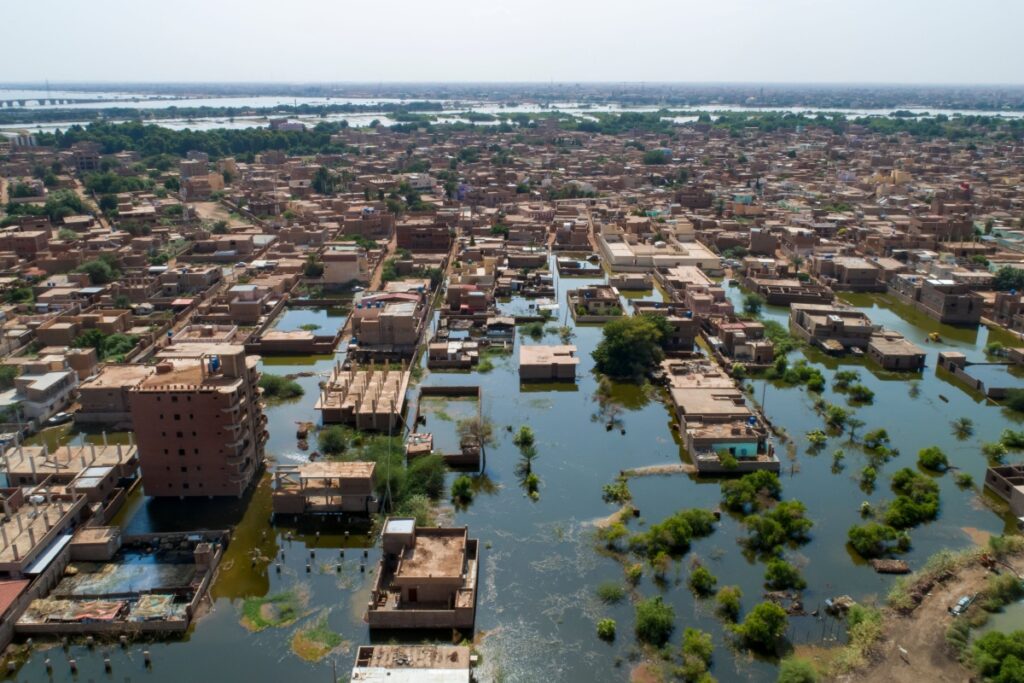Egypt has officially blamed Ethiopia’s new Renaissance Dam for unprecedented surges in Nile water levels that have contributed to widespread flooding across its northern territories. In statements released this week, the Egyptian government asserted that excess releases of water from the dam upstream have destabilized hydrological conditions across the Nile Basin and have endangered agricultural zones along the Egyptian bank of the river.
Rising Waters and Regional Tensions
According to Egyptian officials, the compound impacts of dam operations and prolonged heavy rainfall downstream have created a “dual shock” to river management. The Nile’s increased flow has overwhelmed irrigation systems, breached embankments, and submerged large tracts of farmland. The government warned that if water levels continue to rise, further complications are likely in urban, rural, and agricultural sectors. Hydrologists have noted that the combination of altered upstream water management and natural climatic factors makes prediction and mitigation especially difficult.
Impact on Farming and Local Populations
The flooding has had a notable effect on Egyptian agriculture, with many plots inundated and planting cycles disrupted. Authorities report that farmers in Lower Egypt and the delta region have already lost significant yields of wheat, rice, and vegetables. The precise scale of the damage is still being tallied, but preliminary assessments suggest losses in the tens of thousands of acres.
In rural communities along the Nile, residents have faced property damage, forced evacuations, and interruptions to essential services. Local water and electricity infrastructure have been compromised in low-lying districts, compounding the challenges for displaced families. The government has pledged to mobilize relief supplies and emergency response teams to support affected areas, but acknowledged that the scale of destruction is testing existing capacities. Economists have warned that prolonged agricultural losses could also ripple into higher food prices domestically, adding pressure to households already struggling with broader inflation trends.
Ethiopia’s Response and Diplomatic Fallout
In response, Ethiopian officials have rejected the allegations linking the dam’s operations to flooding in Egypt. They maintain that water releases from the Great Ethiopian Renaissance Dam (GERD) are conducted in coordination with downstream nations under existing agreements, and that excessive rainfall — rather than dam mismanagement — is primarily responsible for the recent flooding. Officials in Addis Ababa insist that the GERD remains a cornerstone of their strategy to expand electricity access for over 110 million citizens, arguing that any restrictions on dam operations would slow national development.
Diplomatic relations between Cairo and Addis Ababa have long been strained by disputes over the GERD’s filling and operation schedule. Egypt asserts that its water security is threatened by Ethiopia’s control over the Nile’s flow, while Ethiopia defends the dam as essential for its energy and development goals. The recent floods have again placed the conflict at the forefront of regional policy, with calls emerging for international mediation and strengthened dialogue under the auspices of the African Union or United Nations. Analysts note that without progress, the dispute risks entrenching divisions and fueling instability in a region already marked by political and economic fragility.
Broader Implications and Ongoing Uncertainties
Beyond immediate agricultural and humanitarian concerns, the flooding episode may influence future negotiations on water share agreements. Egypt is likely to push for more stringent operational constraints on the GERD to avoid downstream impacts, while Ethiopia may argue for operational flexibility given climate variability and hydrological complexity. Sudan, situated between the two nations, is also directly affected by dam operations and has voiced concerns about its own flood management challenges, highlighting the multi-country nature of the issue.
The long-term consequences remain uncertain. Future droughts, rainfall variability, and dam management practices all interact in complex ways. The Nile Basin — which supports hundreds of millions of people across multiple countries — is already under stress from climate change and population growth. In this context, the flooding raises pressing questions about regional water governance, infrastructure resilience, and the adequacy of transboundary cooperation mechanisms. Experts warn that unless a durable agreement is reached, each extreme weather event could exacerbate mistrust between Egypt, Ethiopia, and Sudan, making collective action harder when it is most urgently needed.


